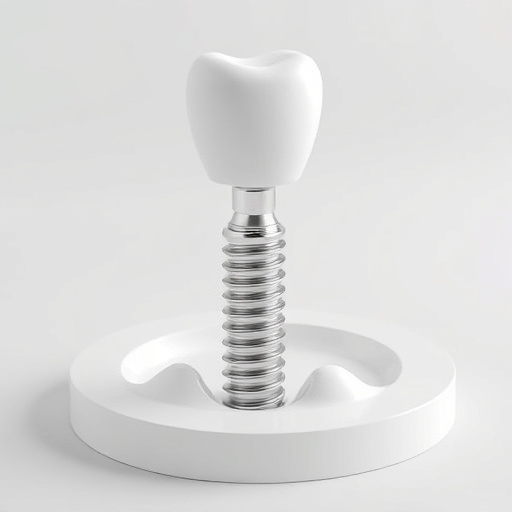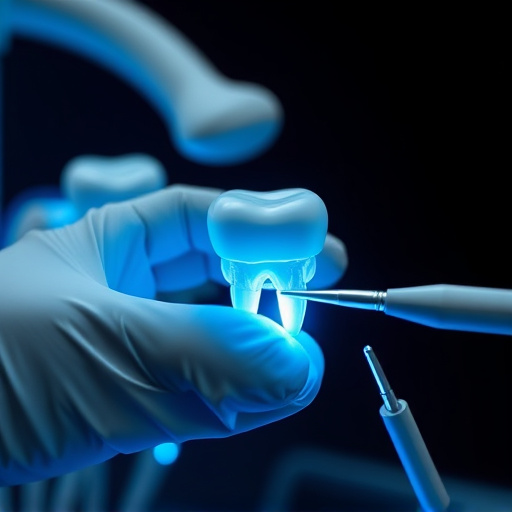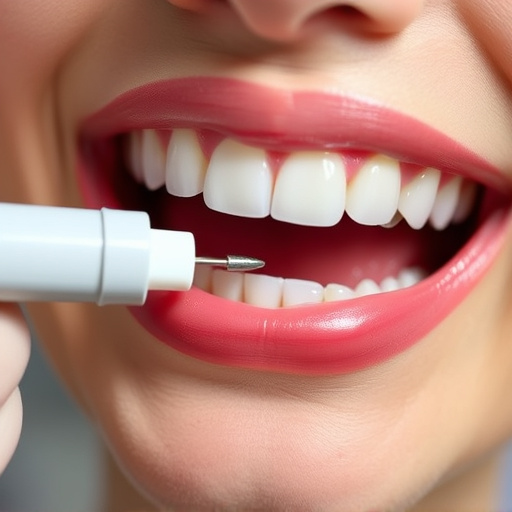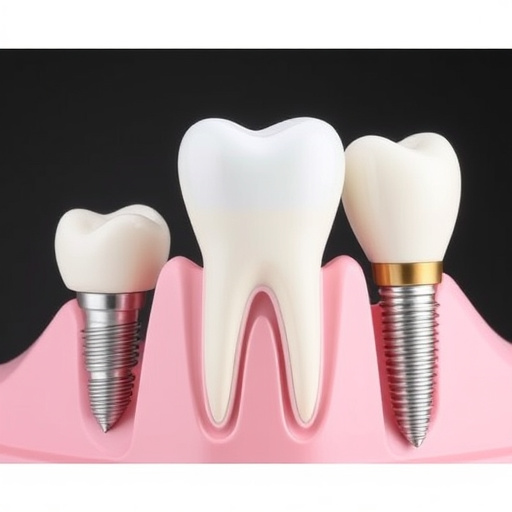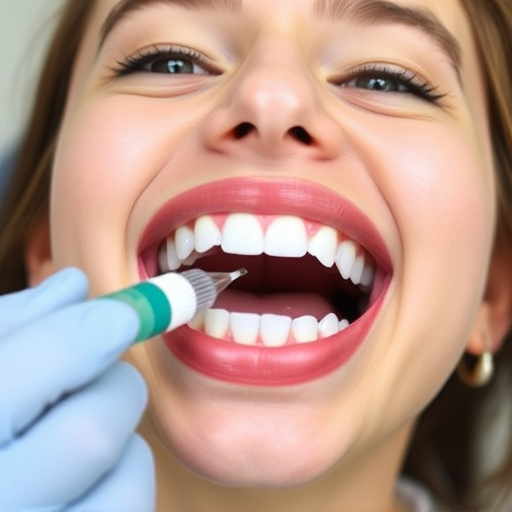After a successful root canal treatment, understanding the 2-3 week healing process is crucial. This involves maintaining good oral hygiene and following dentist-recommended aftercare, like using dental bonding and avoiding hard foods. Each patient's recovery is unique, so adhering to specific instructions is key for optimal results. Common questions about recovery can be addressed by knowing discomfort usually subsides within days with proper care. Persistent pain, swelling, bleeding, or pus require immediate dental attention. Early intervention manages complications and ensures successful healing after a root canal treatment.
Healing after root canal treatment is a crucial step in ensuring optimal oral health. This comprehensive guide delves into the intricate process of recovery, offering insights on managing discomfort, promoting healing, and recognizing signs of potential complications. From understanding the natural healing trajectory to adopting essential aftercare practices, this article equips readers with knowledge to navigate their journey towards complete oral restoration following root canal treatment.
- Understanding Healing Process After Root Canal Treatment
- Essential Aftercare Practices for Optimal Recovery
- Common Questions and When to Seek Dental Advice
Understanding Healing Process After Root Canal Treatment
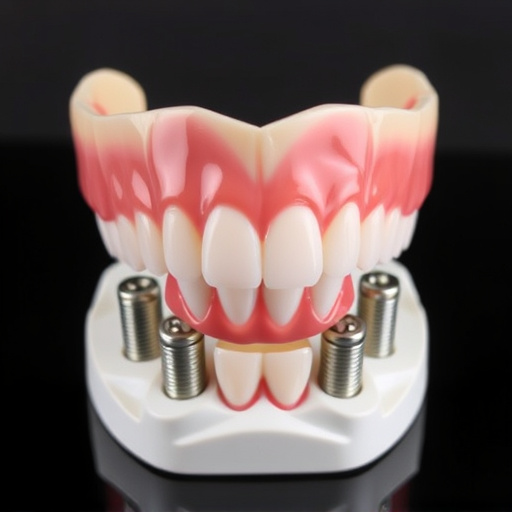
After a root canal treatment, understanding the healing process is crucial for a successful tooth repair. The procedure involves removing infected or damaged tissue from within the tooth and filling it with a material to restore its structure. During the healing phase, the tooth’s natural healing mechanisms kick in, promoting blood flow and cell growth to seal the area and prevent further infection. This process typically takes around 2-3 weeks, during which time it’s essential to maintain good oral hygiene practices to avoid introducing bacteria into the freshly treated tooth.
The body’s ability to heal itself is remarkable, but certain measures can enhance this process. Using dental bonding or cosmetic fillings as recommended by your dentist can help strengthen the tooth and provide a smooth, protective surface. Proper aftercare, including avoiding hard or sticky foods for a brief period, will ensure the treated area heals correctly. Remember that each patient’s healing journey is unique, so following your dentist’s specific instructions is vital to achieving optimal results from root canal treatment.
Essential Aftercare Practices for Optimal Recovery
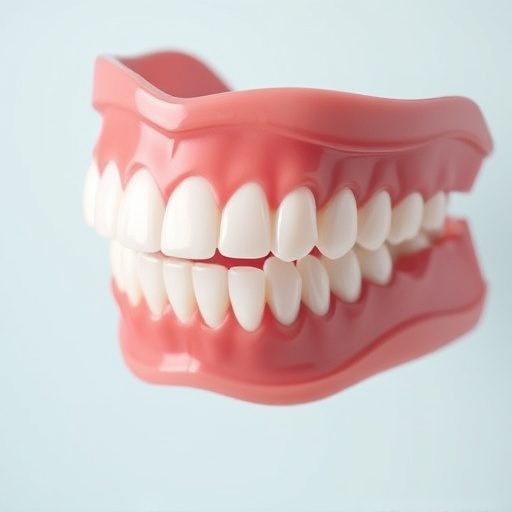
After a root canal treatment, proper aftercare is essential for optimal recovery and to prevent complications. It’s crucial to follow your dentist’s specific instructions, but here are some general best practices. Firstly, maintain good oral hygiene by gently brushing and flossing around the treated area, avoiding excessive force or pressure. Using a soft-bristled toothbrush can help reduce discomfort. Additionally, avoid using mouthwash that contains alcohol as it may irritate the sensitive tissue.
Over-the-counter pain relievers like ibuprofen or acetaminophen can be taken to manage any post-procedure discomfort, but it’s important not to take aspirin as it can increase bleeding risk. Resting with your head elevated can aid in reducing swelling. Staying hydrated and eating soft, cool foods during the recovery period is also beneficial. Remember, timely follow-up appointments are vital; these visits ensure proper healing and address any potential issues before they become more serious, complementing preventive dentistry efforts.
Common Questions and When to Seek Dental Advice
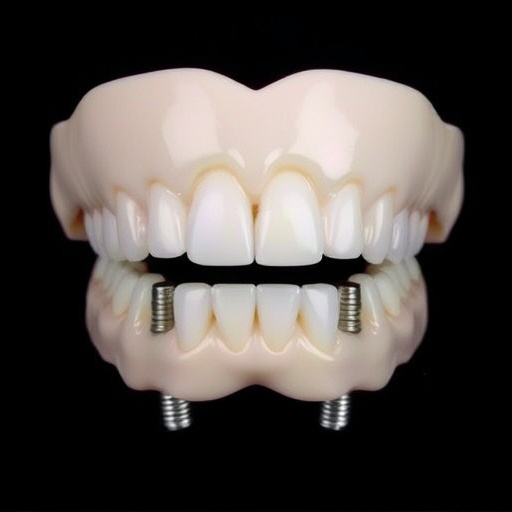
Many patients experience anxiety or uncertainty after learning they need a root canal treatment. It’s natural to have questions about the procedure and its aftermath. Common inquiries include “How long does healing take?” and “What are the signs I need further dental work?” Understanding the recovery process is essential for a smooth transition back to oral health. Typically, discomfort after a root canal subsides within a few days with proper care, but persistent pain or swelling could indicate an infection, requiring emergency dental care.
If you’re unsure about your post-treatment care or experience concerning symptoms like severe pain, bleeding, or pus around the treated area, don’t delay—seek general dentistry advice promptly. Remember, early intervention is crucial in managing potential complications and ensuring optimal healing.
After undergoing root canal treatment, proper healing and aftercare are essential for a successful outcome. Understanding the healing process and following recommended aftercare practices can significantly enhance recovery. Remember, timely dental advice is crucial if you experience any persistent pain, swelling, or other concerning symptoms. With adequate care, most patients recover fully from root canal treatments, enjoying restored oral health.








